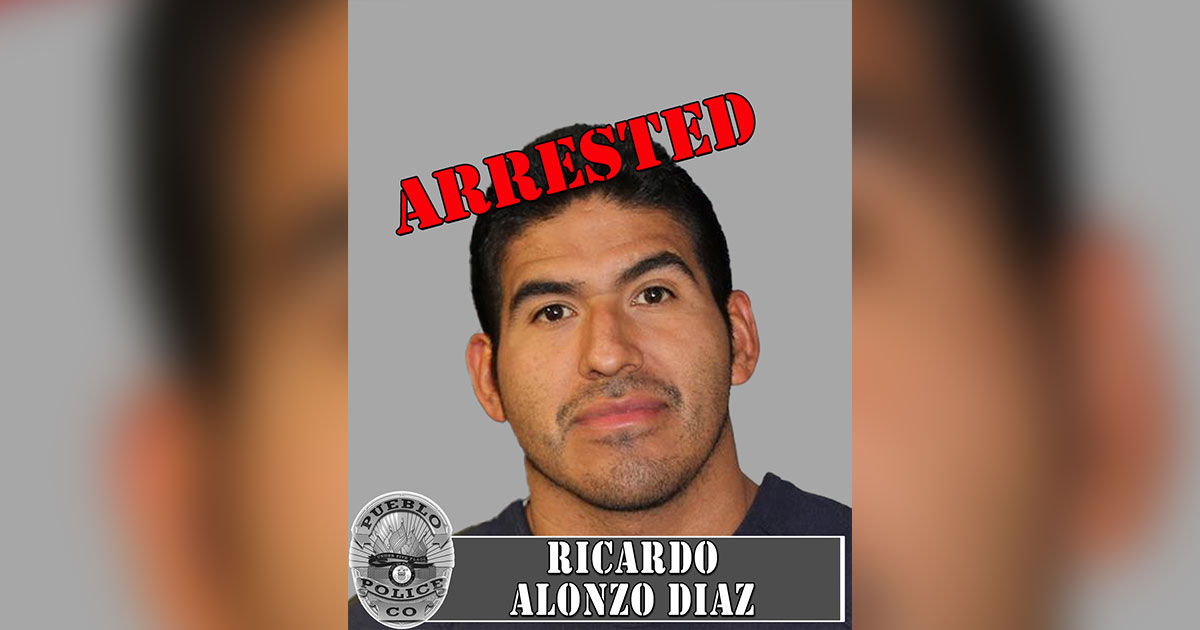Everytown’s 3D Gun Summit Misses the Mark

Gun control activists have found a new boogeyman: the 3D printer.
Everytown for Gun Safety recently hosted a “3D Printed Firearms Summit” in New York City, claiming the goal was to “build cross-sector collaboration and chart actionable strategies to stem the tide of 3D-printed firearm-related violence.”
In reality, it looked more like another panic-driven roundtable of people terrified of technology they don’t understand. The summit carried the same energy as the Biden-Harris era’s gun control task forces, except this time, Everytown had to pay for it themselves.
Without the defunct White House Office of Gun Violence Prevention to fund the outrage, the organization is now spending its own donor dollars to stoke fear.
Manufacturing a Crisis
Leading up to the event, headlines warned of a “new public safety crisis” and claimed that “3D-printed firearms are the new frontier in the fight against gun violence.”
Everytown claims it based on that conclusion, citing “exclusive recovery data from twenty U.S. cities,” a data set conveniently provided only to them. Exclusive crime data in the hands of a private lobbying group should raise questions about transparency and credibility.
Privately Made Firearms: As American as Liberty Itself
Everytown’s summit could have used a history lesson. Privately made firearms, or PMFs, are nothing new. Americans have been crafting their own guns since before the United States became a nation.
Federal law remains clear: citizens can make firearms for personal use if they are not prohibited from gun ownership, the firearm is detectable, and it is not made or sold for profit. The National Firearms Act of 1934, the Gun Control Act of 1968, and the Undetectable Firearms Act of 1988 remain in effect.
A missing serial number doesn’t make a gun invisible. And if a 3D printer could produce an undetectable firearm, that gun would already be illegal to make or possess anywhere in the country.
A “Solution” Searching for a Problem
Like most gun control efforts, this one targets lawful activity to appear proactive. Manhattan District Attorney Alvin Bragg has already pressured printer manufacturers, online platforms, and YouTube to remove 3D gun design files and censor educational content. Some activists have even proposed firmware that would recognize and block the printing of firearm components.
If printers can be programmed to block shapes, they can just as easily be programmed to track users or report them to authorities. That is not gun control; it is digital surveillance.
NRA-ILA has already warned about these creeping restrictions, including proposals to require background checks for buying 3D printers. The goal is obvious: criminalize tools, monitor citizens, and call it “safety.”
The GHOST Act and the Future of Surveillance
Representative Jill Tokuda of Hawaii introduced the so-called Gun Hardware Oversight and Shipment Act, or GHOST Act, earlier this year. The bill would allow the federal government to track the sales and shipments of common gun parts, such as barrels, slides, and bolt carriers. Although it has stalled for now, the intent is clear. Anti-gun legislators want to move from banning guns to tracking every component that could one day become one.
Criminals Don’t Follow the Law, and They Never Will
Criminals aren’t buying CAD software and spending weekends fine-tuning 3D printers. They get guns the old-fashioned way—illegally. Adding new laws will not stop them. But it will limit the rights of millions of lawful gun owners, tinkerers, and engineers who use 3D printing responsibly.
Outlawing or restricting 3D printing because of possible misuse is like banning gardening because some plants can be turned into drugs.
Fear of Innovation
Everytown’s summit revealed what really drives the gun control movement: fear of individual freedom. 3D printing empowers citizens to create, innovate, and operate independently of centralized authority. That independence terrifies people who believe safety comes only from control.
If gun prohibitionists could regulate innovation itself, they would. Judging by the current hysteria over 3D printing, even the printing press might not survive their logic.
Bottom line
3D printing doesn’t create crime. It reflects freedom, the same kind of freedom that built this country, one privately made firearm at a time.
More related news on TTAG:
Read the full article here









